|
The c. 1830 Power-Jackson Cabin has been abandoned for several decades. The cabin pre-dates the Cherokee Land Lottery and is likely the oldest existing house in all of Cobb County. The cabin and remaining property are threatened by development. Cobb Landmarks is working with the current owner to have an archaeological survey completed at the site. Cobb Landmarks is also exploring different options for the long-term preservation of the cabin, including the possibility of relocating it to a nearby park for public display. Today was our first time visiting the cabin to assess its condition and inspect the interior. We were encouraged by what we saw and are hopeful the cabin can still be saved. To support Cobb Landmarks and our efforts, visit CobbLandmarks.com/give.
0 Comments
J.C. Bankston Rock House Dobbins Air Reserve Base/US Department of the Air Force Preservation Award The Bankston Rock House was built by J.C. Bankston and his sons during the late 1930s. The house is constructed of hollow-core brick tile veneered with uncut fieldstone. The house is one of the only structures surviving from the time period before the land was acquired by the United States Army during World War II. Cobb Landmarks recognizes Dobbins Air Reserve Base and the US Department of the Air Force for their continued stewardship of this exceptional example of stone masonry construction. Acworth Rosenwald School City of Acworth Preservation Award Acworth’s Rosenwald School was constructed during the 1920s when local schools were still segregated by race. At the time, Julius Rosenwald, part-owner of Sears, Roebuck & Company, offered grants to build schools for Black students throughout the South. He required the community to match the funds. Thirty years after it was constructed, the school was threatened by demolition. The community came together to disassemble the building and rebuild it where it currently stands for use as a community center. In the early 2000s Cobb Landmarks was awarded a grant through the Lowe's Foundation and the National Trust for Historic Preservation to make much-needed repairs to the aging structure. Recently, the City of Acworth completed a top-to-bottom renovation of the school building. Cobb Landmarks would like to recognize the City of Acworth for faithfully maintaining and renovating of this important landmark. Lemon Street Grammar School Marietta City Schools Preservation Award In 2019 Cobb Landmarks met with Marietta City Schools to discuss the uncertain future of the c. 1950 Lemon Street Grammar School. The district needed more space, and the old Grammar School building was mostly abandoned and in need of substantial upgrades and repairs. After an extensive rehabilitation, Lemon Street Grammar School was returned to its original use: educating Marietta's students. Marietta City Schools worked to preserve the building's exterior and key architectural features while rehabilitating the interior, making it conducive to a modern learning environment. The school reopened in 2021. Inside, exhibit panels tell the story of the once-segregated school system, while outdoor interpretive panels focus on the history of the surrounding community. Cobb Landmarks would like to recognize Marietta City Schools for investing in the rehabilitation of the Lemon Street Grammar School and for working to share the history of the school and community with the people of Marietta. First Baptist Church Marietta Preservation Award Completed in 1897, the First Baptist Church Chapel is constructed of Georgia granite and marble. Designed in the Victorian-Gothic style, the historic structure retains many original features, including wood trim, curved oak pews, chandeliers, and stained glass windows. During the 1960s the original bell tower was removed because of structural concerns. First Baptist Church Marietta began a multi-million-dollar renovation of the campus in 2019. The project included structural repairs, waterproofing, abatement, stained glass window restoration, and reconstruction of the previously removed bell tower. Cobb Landmarks would like to recognize First Baptist Church Marietta for preserving their historic structures and would like to thank members of the Grateful First Campaign who worked to make the project possible. Katie Stieber Volunteer of the Year Each year Cobb Landmarks recognizes an individual for exceptional commitment of time and energy to the organization. This year we are happy to honor Katie Steiber for her continued support of the Marietta Pilgrimage, our largest annual fundraising event. Katie has been a member of the Marietta Pilgrimage Committee for several years, but in the days leading up to the 2022 tour she went above and beyond to ensure its success. Each day that week, after completing her work day, she checked in with homeowners and helped them prepare their homes for the tour. Tasks she voluntarily took on included getting pine straw, hanging shower curtains, wrapping fake gift boxes, and climbing ladders to touch up exterior paint. All of this was completed outside her regular responsibilities as a committee member. Cobb Landmarks is so thankful for Katie’s commitment to the Marietta Pilgrimage and offers this award to her as a token of our gratitude. Concerned about the apartment building Bridger Properties has proposed for the lot behind the William Root House? The design will be going to the Marietta Historic Board of Review for evaluation. The Marietta Historic Board of Review was created by Marietta municipal ordinance (7-8-8) to help the Downtown Marietta Development Authority consider applications for changes to buildings and construction of new buildings within the historic district. The purpose of the historic district and the Board of Review, by issuing certificates of approval, is to ensure "that the worthy historical and architectural buildings, sites, monuments, streetscapes, structures, squares and residential neighborhoods are protected and granted proper investigation before any renovation, restoration, preservation, rehabilitation or demolition takes place." The city’s Historic District Ordinance (ARTICLE 7-8-8) will be used when considering Bridger’s application. Below are a few excerpts:
Based on the city’s Historic District Ordinance, it is clear the current proposed structure has some fundamental issues. These will need to be addressed during the review process. We hope that Bridger Properties will respond to the Historic Board of Review and community feedback and design something that meaningfully contributes to the city and is sympathetic to existing surrounding structures. Important Dates: Bridger Properties has scheduled a community meeting April 4, 2023 at 5:30pm at the Marietta History Center. The meeting will include a presentation and Q&A session. Space is limited. Attendees should RVSP in advance. The Marietta Historic Board of Review usually meets on the Monday the week prior to the City Council meeting. This application is currently scheduled to be reviewed during the May 1, 2023 meeting. Meetings are typically held in City Council Chambers but may occasionally be held in the 4th floor conference room at City Hall, beginning at 5:30pm. Please call 770-794-5669 for more information. Click here to learn more about the Historic Board of Review. Recent posts on social media have expressed concern about the possible demolition of the 1840s McAfee House located at the corner of Barrett Parkway and Bells Ferry Road. This is a status report on efforts by Cobb Landmarks to secure its preservation. Since 2019 Cobb Landmarks has been facilitating negotiations with the current owner and potential developers for relocation of the historic house. While there is a historic marker in front of the house, currently, the house and land are not protected through local zoning or historic designation. Because of the value of the land, it is likely not financially viable for a developer to purchase the property and then renovate the house for commercial use. Because of this, Cobb Landmarks has for several years attempted to relocate the house. In 2020, Cobb Landmarks invited structural engineers and house movers to inspect and evaluate the home, and they confirmed the house was a good candidate for relocation. Efforts to reach an agreement with the current property owner to relocate the house have so far been unsuccessful. We have also been speaking with potential buyers/developers to relocate the house. Over the years we have had conversations with several potential buyers, including the current zoning applicant. Each has agreed that the house should be relocated and not be demolished. In the meantime, there are plans to eventually construct a turn lane at the intersection in front of the house, adding another complication regarding the long-term preservation of the historic structure. Cowan Farmhouse in Acworth before and after completing the revolving fund process.
Cobb Landmarks is also in also in communication with a statewide preservation organization about potentially preserving the house on-site through their revolving fund program. With this option, the property would be acquired at little-to-no cost by said preservation nonprofit, the home would be stabilized and cleaned, and would then be listed for sale with a preservation easement attached (ensuring the home is renovated appropriately and cannot be demolished in the future). With this option, the house could be renovated for commercial or office use while remaining on its original site. This is a great option for the property and would ensure the house has a viable use and long-term maintenance plan in place. A similar example of this type of arrangement is the Cowan Farmhouse in Acworth, Georgia. A lot of people are asking what they can do to help. A good place to start is attending Planning Commission Zoning Hearings and Board of Commissioner Regular Meetings. Similarly, you can reach out to Cobb County Commissioners to share your thoughts and concerns prior to important hearings/meetings. The next best thing is to support preservation organizations like Cobb Landmarks on a regular basis, either through volunteerism or through financial support. You can help ensure that Cobb Landmarks has the resources to work to secure historic assets throughout the county on an ongoing basis. As this example shows, we are constantly advocating for historic preservation behind the scenes. To support Cobb Landmarks click here. To learn about our current “Preservation Priorities” list click here. ABOUT THE McAFEE HOUSE: This historic central hallway cottage is located on Bells Ferry Road at the intersection of Ernest W Barrett Parkway in Marietta, Georgia. The house is constructed of heart pine wood timbers joined with wooden pegs. The house features original heart pine floors throughout (currently concealed under carpet) and heart pine plank walls and ceilings (currently concealed under paneling and sheetrock). This timber frame house was constructed c. 1840 for early Cobb County settlers Eliza and Robert McAfee. During the Civil War, the house was used as a headquarters for Union Brigadier General Kenner Garrard. The house was purportedly used as a field hospital following a skirmish near “McAfee’s Crossroads” on June 11, 1864 (blood stains are reported to be visible on the floorboards in an upstairs bedroom). The house is among the oldest remaining in the Atlanta area and is the last remaining pre-Civil War structure in the densely developed Town Center area of Cobb County. ABOUT COBB LANDMARKS: Since its founding in 1974, Cobb Landmarks & Historical Society, Inc. has succeeded in preserving and protecting some of Cobb’s most historically relevant sites. Cobb Landmarks is a historical society rooted in the past but always looking forward. The organization is committed to empowering the community with an understanding of the events, people, and places that formed our past, so that we may all strive for a brighter future. Cobb Landmarks Executive Director Trevor Beemon was recently contacted by historic photo collector Chad Carlson. Chad had just purchased a rare ambrotype of a young cadet wearing a Georgia Military Institute uniform. The Georgia Military Institute (GMI) operated in Marietta from 1851 to 1864, and images of cadets from GMI are extremely rare. In fact, only a dozen images of GMI cadets are known to exist. The image Chad had purchased was a real treasure. Trevor was excited to see it, but did not yet realize the true significance of the image. The image Chad had was an ambrotype, an underexposed glass negative placed against a dark background held together with a brass frame set inside a decorative wooden case. Chad had taken the case and frame apart and planned to clean the pieces and reassemble them. When he took everything apart he was able to reveal the name of the cadet which wasn't usually visible: W K Root. When Chad saw the name "W K Root" he did a quick search online and found the William Root House Museum. He reached out to Trevor looking to confirm that the image he had was of William Root's son, William (Willie) Kemper Root. There was only one problem. The person in Chad's ambrotype looked nothing like the Willie in a photo on display at the museum. The photo on display had been given to the Root House by Root family descendants. Among the images given to the museum, one was supposedly Willie and the other his brother, James. Trevor had always suspected that the two images were, perhaps, just two different photos of the same person. Chad's discovery seemed to confirm it. Was Chad's image really Willie? Analysis of the ambrotype and case gave Cobb Landmarks staff members a lot of clues. One clue was the handwriting labeling the image. Cobb Landmarks staff compared the handwriting to another verified image in the museum's collection. Next, Cobb Landmarks confirmed that Willie attended GMI and concluded that he had attended just one year - 1858. Finally, the image was compared to images of other members of the Root family. The resemblance between this new image of Willie and his sister, Mary Hannah, was strong. With this new information, and support from donors Terri and Steve Cole, Cobb Landmarks acquired the image from Chad. This new image will replace the mislabeled image currently on display, correcting an error, and giving visitors an opportunity to see, first-hand, that historic interpretation is never static. Historians are always making new discoveries and learning new things. It's amazing that, after operating the Root House as a museum for over thirty years, new artifacts from the Root family can still walk through the door. On December 7th Cobb Landmarks & Historical Society, Inc. joined members of the Carter family and distinguished guests, including Marietta Mayor Steve "Thunder" Tumlin, to dedicate a historic marker at the Carter Family House. The Cole Street house is significant in that it is among the oldest remaining historic Black residences in what was once one of Marietta’s largest historically Black neighborhoods. Over time, the Marietta Housing Authority acquired all of the property south of the Carter House, and the Cole Street Missionary Baptist Church acquired all of the property to the north. At one point, the Marietta Housing Authority tried to buy the Carter property, but the family resisted. Today the 1909 house is the only private residence remaining on the block.
Sarah Young and Oscar Carter purchased the house in 1944. The couple raised four children in the house: Donald, Oscar, Jr., Alphonse, and Kenneth. Oscar, Sr. worked as a custodian for Bell Aircraft Company during WWII, and later for the City of Marietta. Sarah worked as a "washer woman” according to the 1930 Census, as a "house maid” according to the 1950 Census, and, later in life, as a Practical Nurse at Dr. Remer Clark's office. She was an active education advocate and served as President of the Lemon Street PTA. Oscar, Sr. died in 1980, and Sarah died in 1991. Their son, Kenneth Carter, was executor of Sarah's will and purchased the Carter House at that time. Kenneth graduated from Lemon Street High School in 1952. He enlisted in the US Marine Corps during the Korean War. After completing his military duty, Kenneth pursued education, earning a degree from Lincoln University in Jefferson City, Missouri, and a Master's degree from the University of Indiana. Kenneth married Jeanie Martin in 1955. In 1962 and went to work as an educator, administrator, and coach in the Marietta City School System. He worked at Lemon Street School, Wright Street Middle School, Park Street Middle School, Lockheed Elementary School, Woods/Wilkins, Marietta Middle School, and Marietta High School. “Coach Carter,” as he was known, worked a total of 48 years in the Marietta school system. Jeanie, who still lives on nearby Lemon Street, helped to integrate the Marietta City School system as an educator during the 1960s. After teaching at Lemon Street Elementary and Wright Street Elementary, she began working at Hickory Hills Elementary. She taught in the system for 32 years, retiring at Marietta Middle School. After retiring from the classroom, she went on to become the first Black woman to be elected to the Marietta City School Board. She held that office for 16 years. Today the Carter House stands as a reminder of the legacy of the Carter family and as a symbol of the vibrant Black community which once surrounded it. The historic marker was erected through a partnership between Cobb Landmarks and the Marietta History Center’s Diverse Cobb Committee. The committee manages a grant fund created to erect historic markers in Marietta’s historically Black neighborhoods. The fund was established by Marietta residents Jo-Evelyn and Jim Morris. To nominate a site, or to contribute to the fund, please contact Cobb Landmarks at 678.594.4994. Cobb Landmarks & Historical Society, Inc. (Cobb Landmarks) is partnering with the Marietta History Center’s Diverse Cobb Committee to manage a grant fund established to help erect historic markers in Marietta’s historically Black neighborhoods. Initial funding for the project has been provided by Jo-Evelyn and Jim Morris. A Diverse Cobb Committee member, Jim asked the committee to identify homes of significance within the Black community.
The first home to receive a marker through the grant program was the home once owned by Katie and Charlie Hunter, Sr. Mr. Hunter was a successful restaurant owner and entrepreneur, and owned several businesses near the corner of Montgomery and Hunt Streets in Marietta. The marker was unveiled on July 11, 2022. Members of the Hunter family were joined by Marietta History Center Director Amy Reed, Cobb Landmarks Executive Director Trevor Beemon, and donors Jo-Evelyn and Jim Morris. To nominate a site, or to contribute to the fund, please contact Cobb Landmarks at 678.594.4994. In May Cobb Landmarks welcomed three new members to our Board of Trustees. The Cobb Landmarks Board of Trustees is an elected group of individuals who are responsible for the management and guidance of the organization. Please take a moment to get to know them and see which committees they will be serving on.
On May 21st Cobb Landmarks hosted its annual Preservation Awards and Reception at the historic William Root House in downtown Marietta. Coinciding with National Historic Preservation month, the event is a chance for Cobb Landmarks to shine a light on individuals and projects that represent an outstanding contribution to the preservation of local history. Honorees included:
Bob & Susan Milani - Lazy Labrador Coffee House, Kennesaw Bob and Susan retired last year and wanted to become more invested in their community. They were soon researching locations and discovered a revitalization plan for downtown Kennesaw. The plan included a community survey identifying the need for a coffee shop. A day later, Bob & Susan acquired a historic 1909 cottage in the heart of Kennesaw’s downtown historic district. After a 20-month renovation, the Lazy Labrador Coffee House opened its doors on November 18, 2021. Tracey & Aaron Marino - Old First Methodist Church Building, Salon Posta, Marietta Included in the Cobb Landmarks Preservation Priorities Watchlist for many years, the Old First Methodist Church Building, which was constructed in 1848, is one of the oldest structures remaining in downtown Marietta. After housing FUMC for 50 years, the building was converted to an opera house, back to a church, to an auto dealership, and to a lighting store. After sitting vacant for many years, Aaron and his team had the vision to renovate the building for use as a salon, while maintaining key historic features including the decorative beadboard ceiling. The Hardy Family- Seven Springs Country Store, Rooted Trading Co., Powder Springs Often referred to locally as the Seven Springs Country Store, this Powder Springs landmark was constructed during the 1860s. An addition was constructed during the 1890s connecting the store to a barn and blacksmith shop which dates to the 1850s. After an extensive renovation, the general store is now home to Rooted Trading Company, and the barn and blacksmith shop is occupied by Hardy Woodworks. Save Acworth History Foundation - Acworth Christian Church, Acworth Another site listed on the Cobb Landmarks Preservation Priorities Watchlist, Acworth Christian Church was founded in 1858. The original structure was located on Mitchell Hill near downtown Acworth. After the Civil War, the present building was erected in 1875. Modifications made to the building significantly altered its appearance, and a lack of maintenance over the years led to deterioration of the structural integrity of the building. The Save Acworth History Foundation spearheaded fundraising efforts and oversaw the stabilization and renovation of the structure. Marsha Durham - Martin Slaughter House, Marietta Another site listed on the Cobb Landmarks Preservation Priorities Watchlist, Marietta's 1840s Martin Slaughter House was at risk of being demolished for a housing development. After a rewarding discussion with the developer, Traton Homes, plans were revised so that the house could remain. A new owner, Marsha Durham, purchased and rehabilitated the house for use as a private residence. Listed in the National Register of Historic Places, the Slaughter House is one of the few remaining homes in Marietta dating back to the 1840s. Jeanette Cobb - Volunteer of the Year The Master Gardener Volunteers of Cobb County have managed the gardens at the William Root House for roughly 30 years. Jeanette has helped lead the Master Gardener initiative at the Root House for several years. She is wholly dedicated to making the gardens not only beautiful, but also authentic to the period, and educational for museum guests. Many of the plants found in the garden today began as seeds at Jeanette’s house, lovingly grown in containers and planted in our gardens once established. Cobb Landmarks is happy to recognize Jeanette for all she does for the Root House. PHOTOS: Download more high-res photos here.  Cobb Landmarks and Marietta Arts Council are partnering on an oral history and photography project titled “Cobb Stories.” The purpose of the project is to capture oral histories from Cobb County residents through first-person storytelling. The auditory catalogue will have a companion portraiture series that will be on display as part of Marietta Arts Council’s M2R Fence Gallery, a county-wide, year-long traveling exhibition of juried photography and fine art. Each story will be available online as an audio file, and each story will be transcribed for the hearing impaired. Launching May 8, 2022, during M2R TrailFest, an immersive celebration of the arts in downtown Marietta, this year’s Cobb Stories theme will feature Cobb Countians sharing about how their lives have changed since March of 2020. A select group of individuals (no more than 12) will have portraits captured by photographer Justin Hadley and displayed as part of the M2R Fence Gallery, which will be displayed in cities throughout Cobb County. Each panel will contain a QR code linked to the story of the participant. The public will be invited to visit the project website and submit their stories for inclusion by calling a dedicated phone line where they can share their story. Learn more at CobbStories.com. |
Cobb LandmarksWe are committed to empowering our community with an understanding of the events, people, and places that formed our past, so that we may all strive for a brighter future. Won't you join us? Archives
May 2024
Categories
All
|
|
You must think preserving local history is important or you wouldn't be reading this!
Did you know we're a 501(c)(3) nonprofit organization? That means we rely 100% on financial support from businesses, foundations, and individuals - people just like you! If you support our mission to share the stories and preserve the places that form our community, please consider getting involved! |
NEWSLETTERSign up with your email address to receive discounts, event reminders, and preservation updates.
|
MOST Viewed Pages |
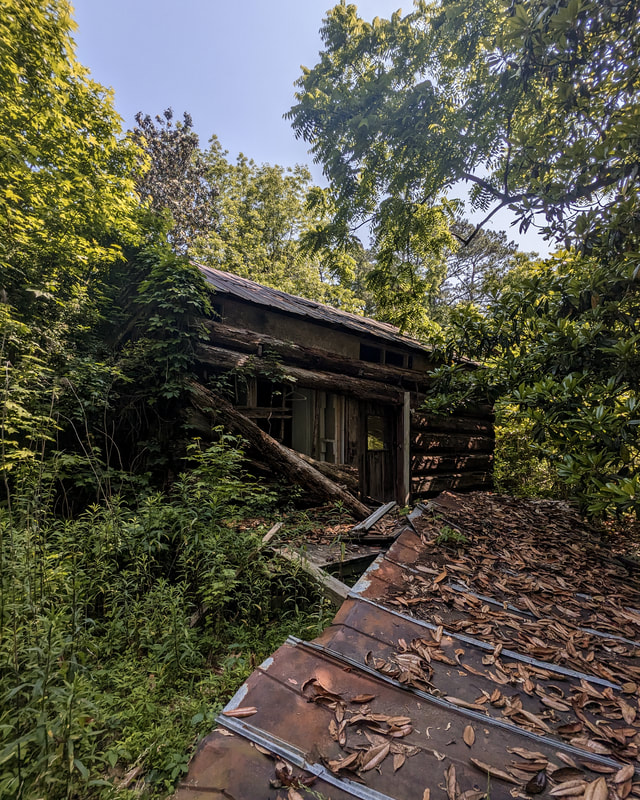
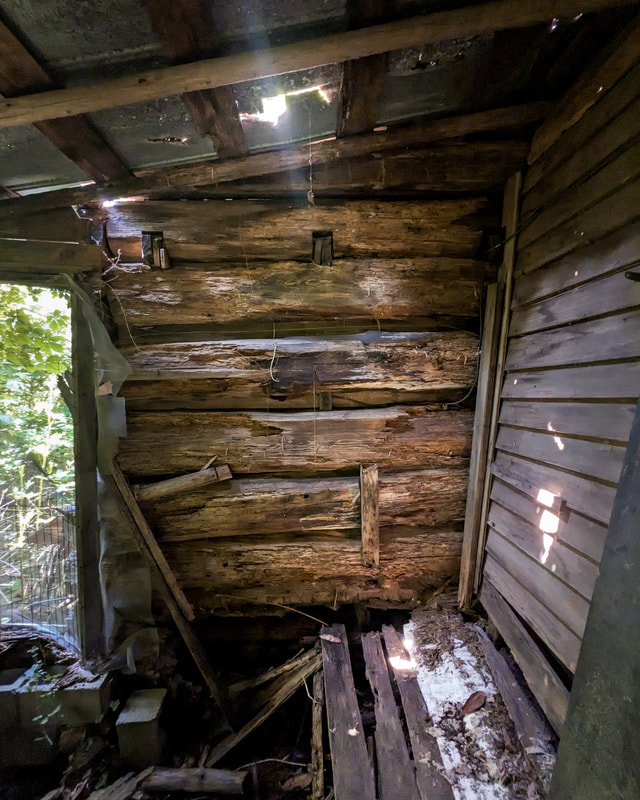
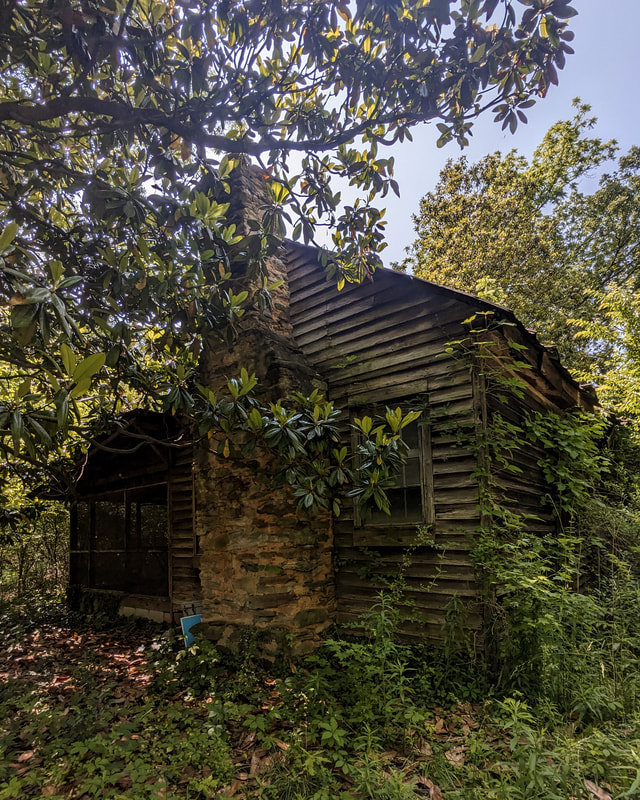
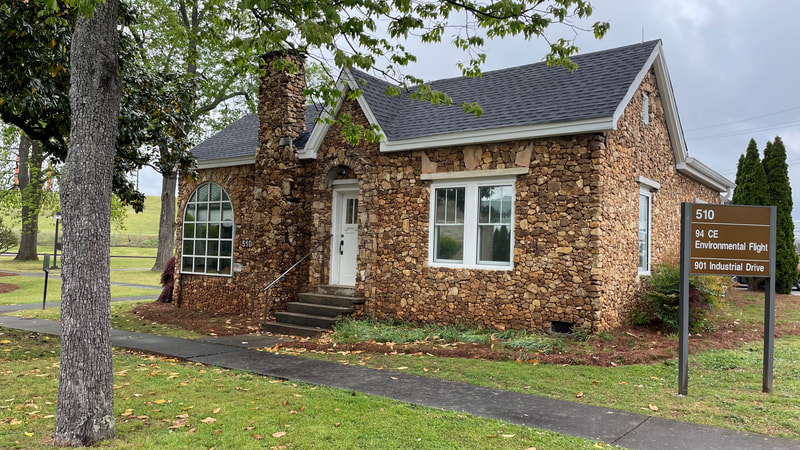
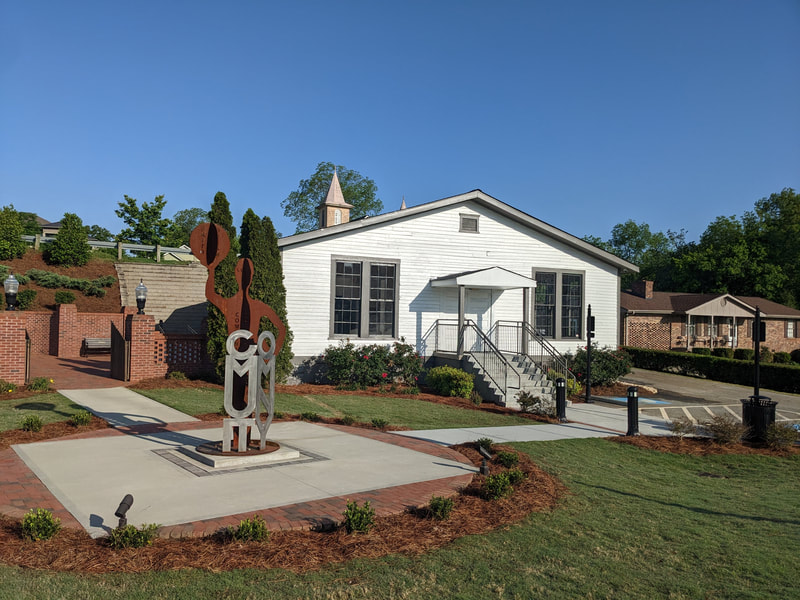
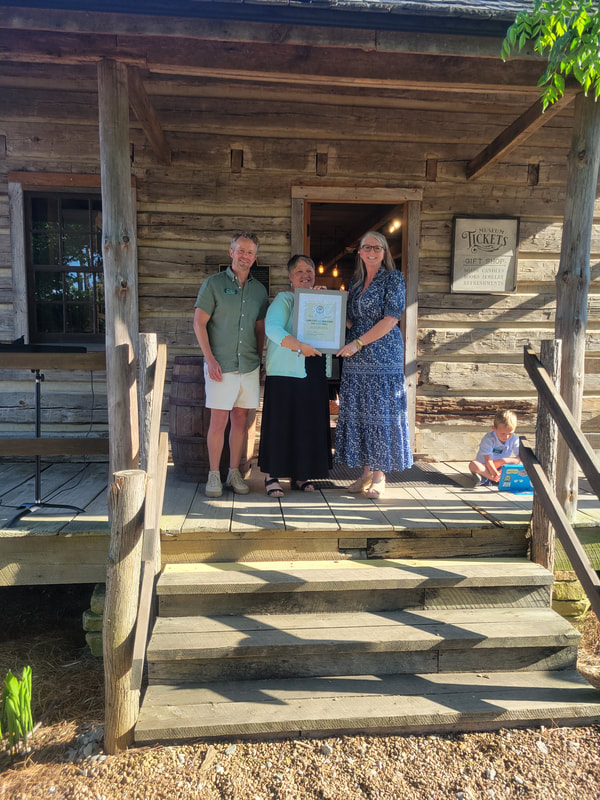
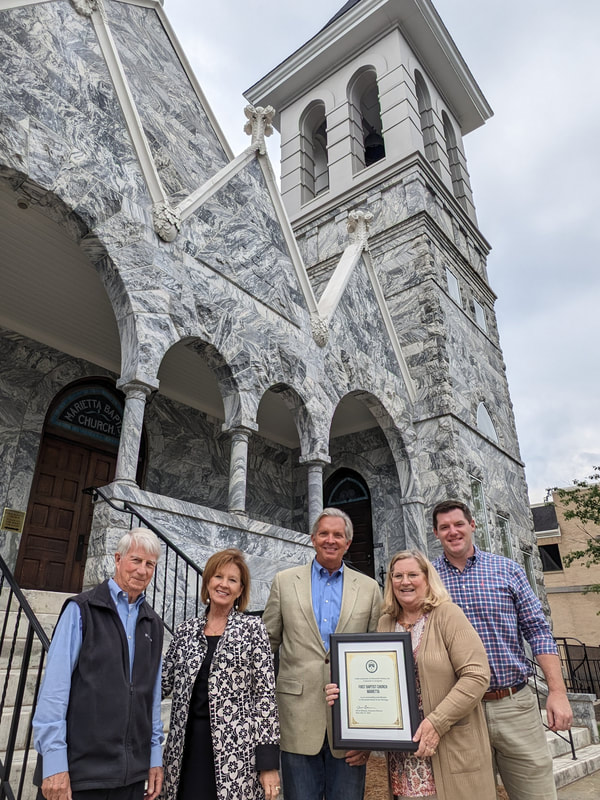
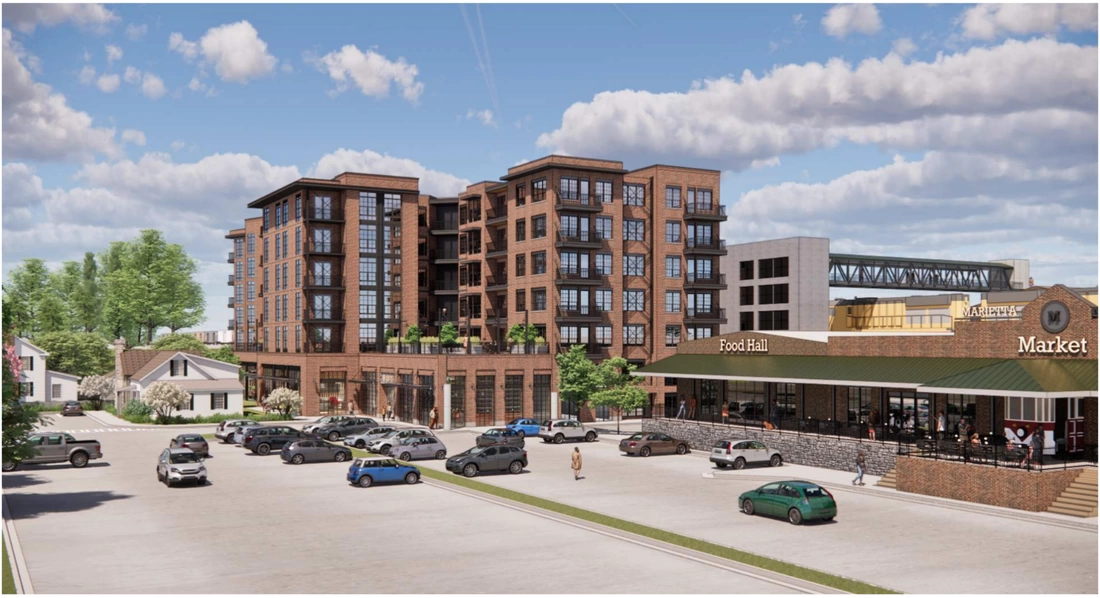
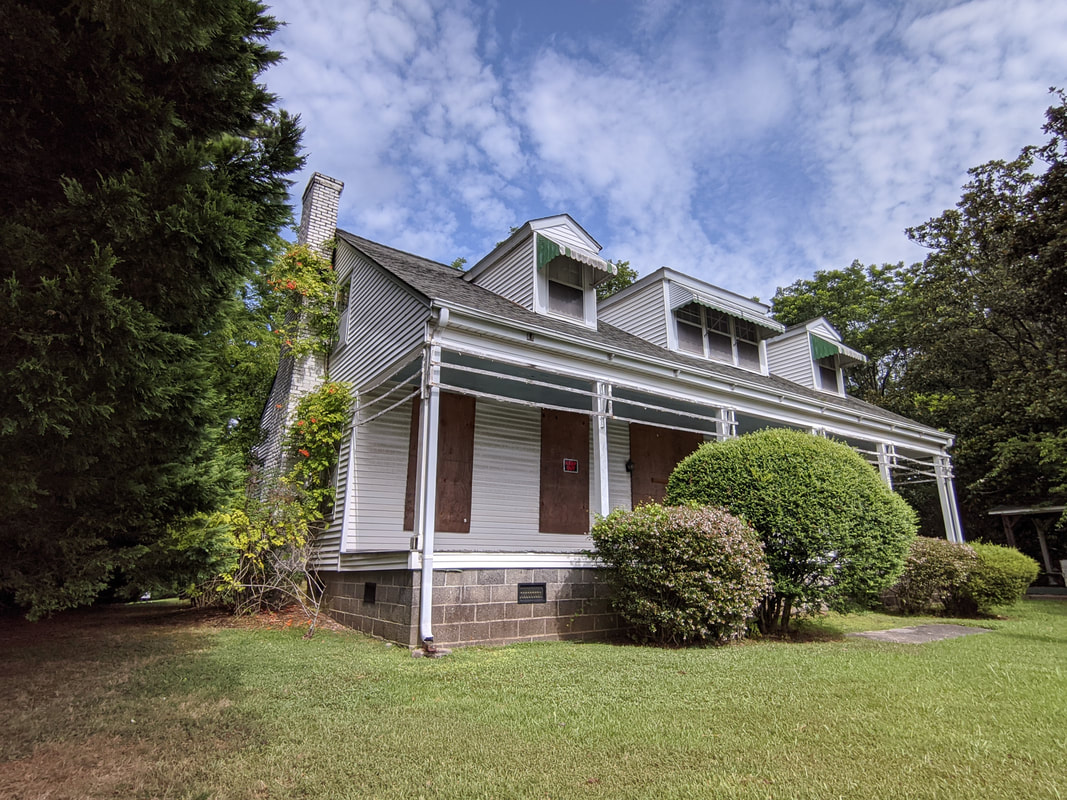
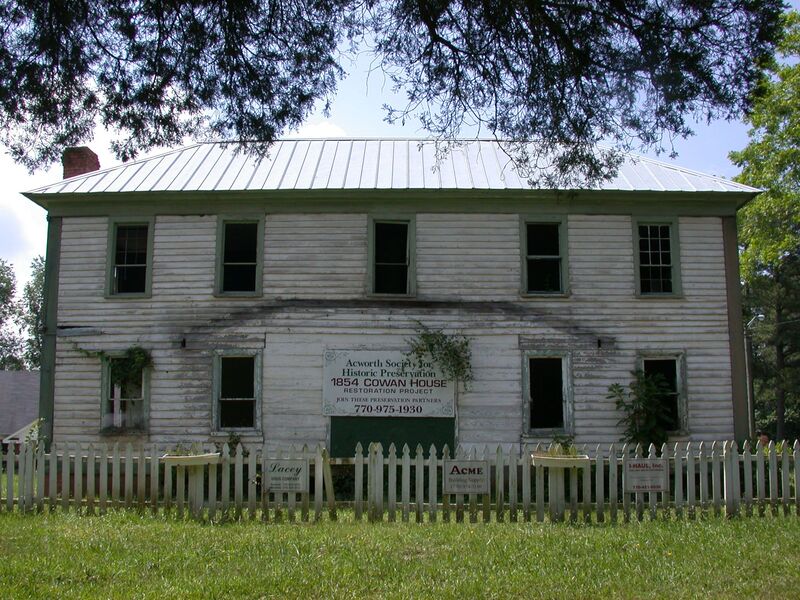
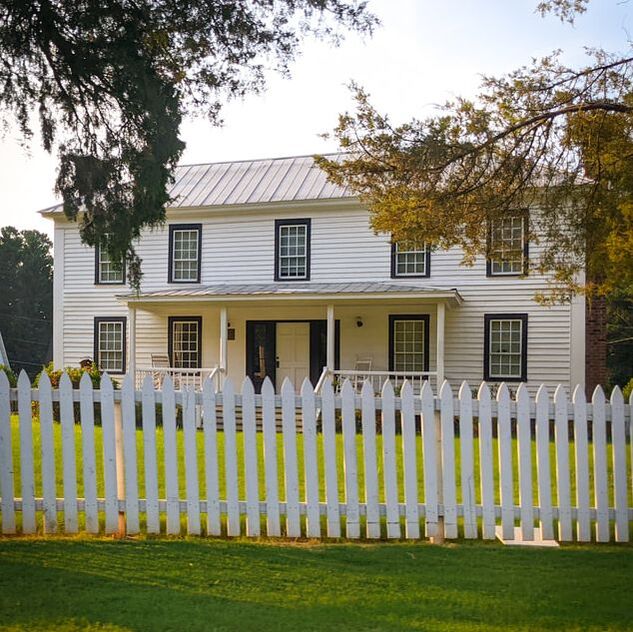
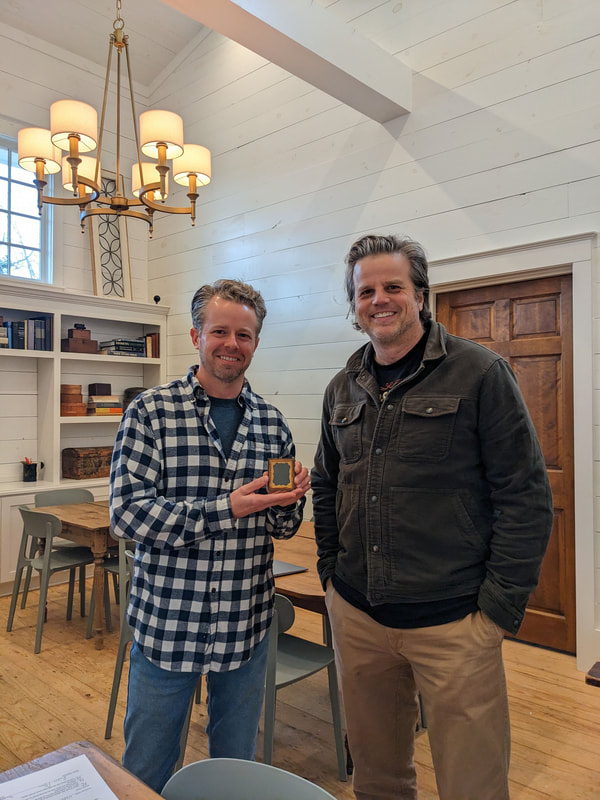
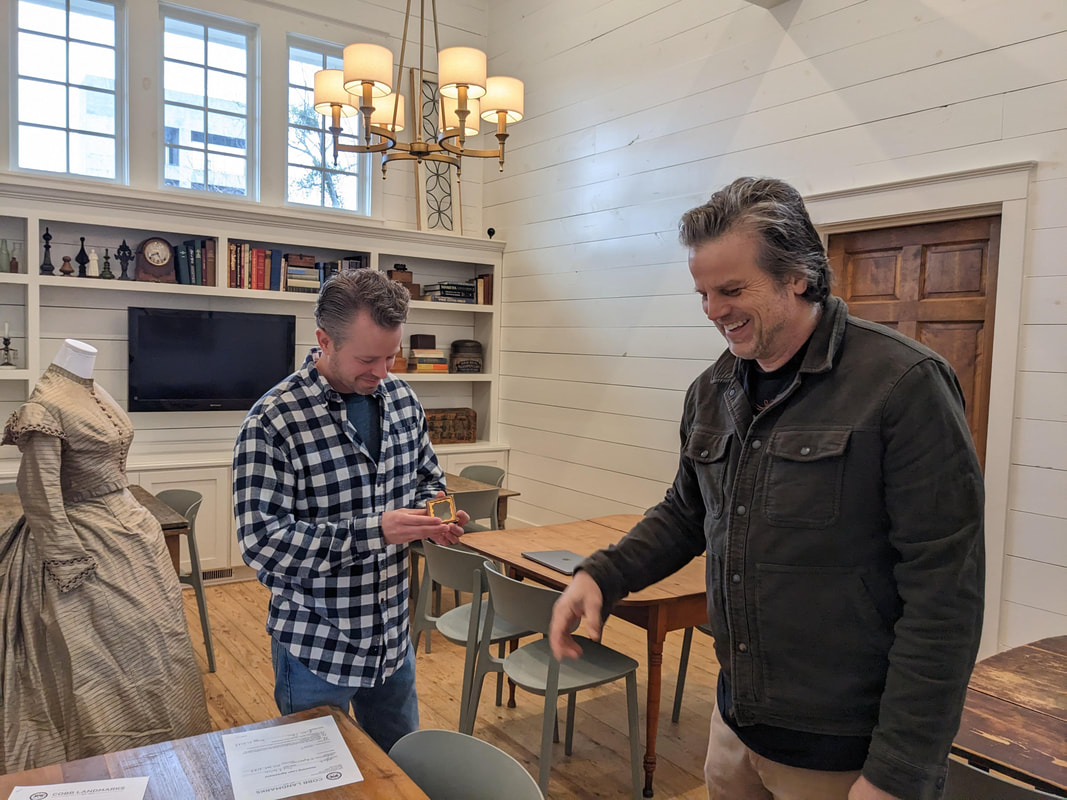

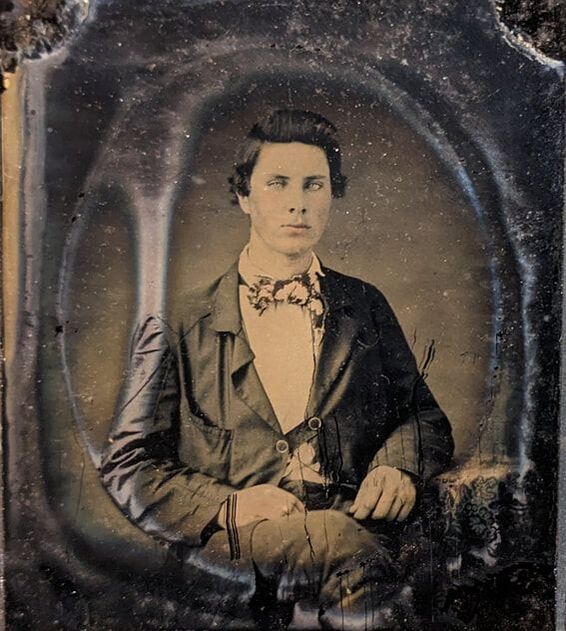
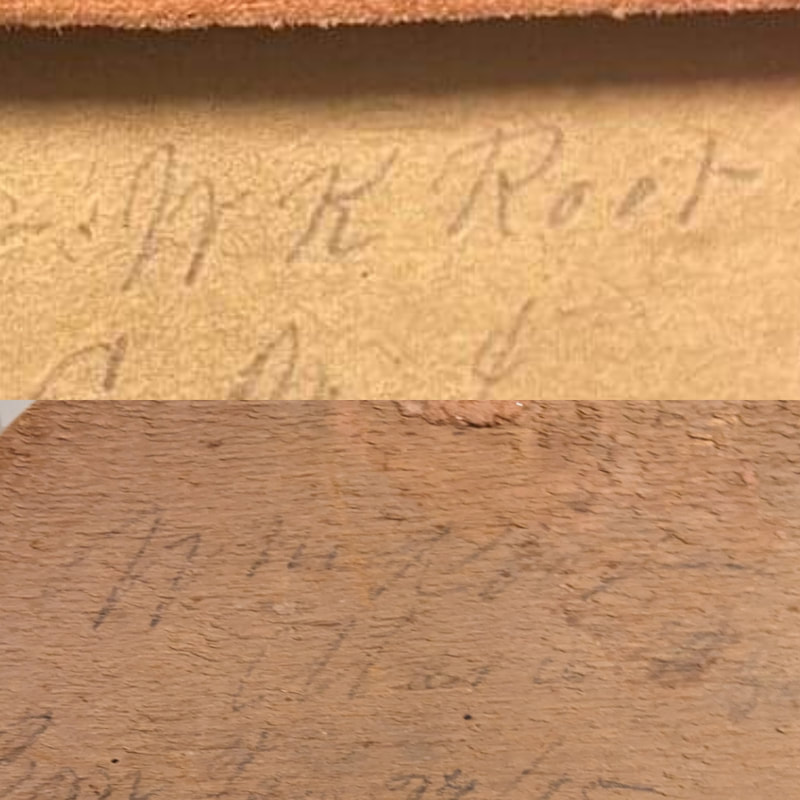
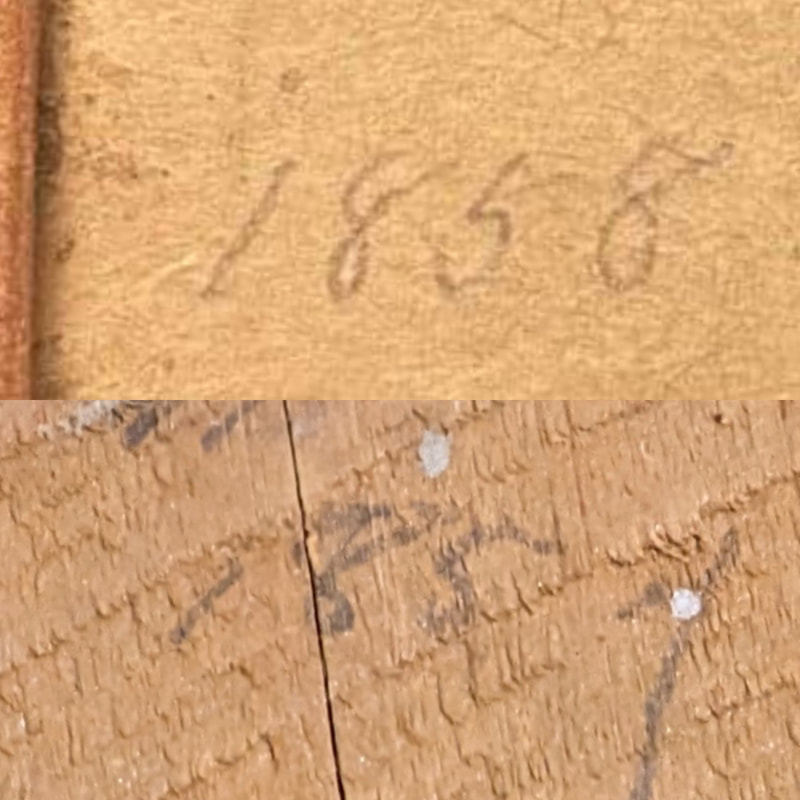
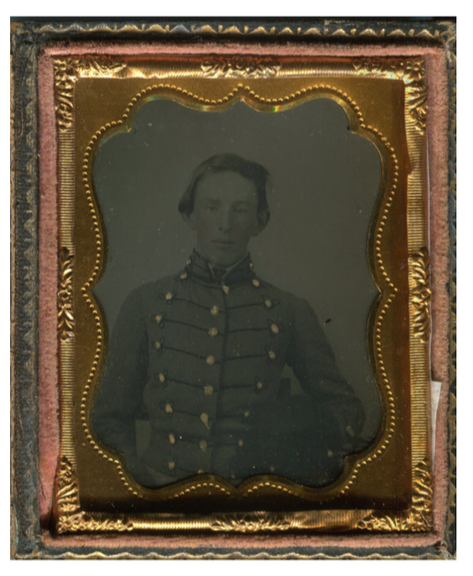
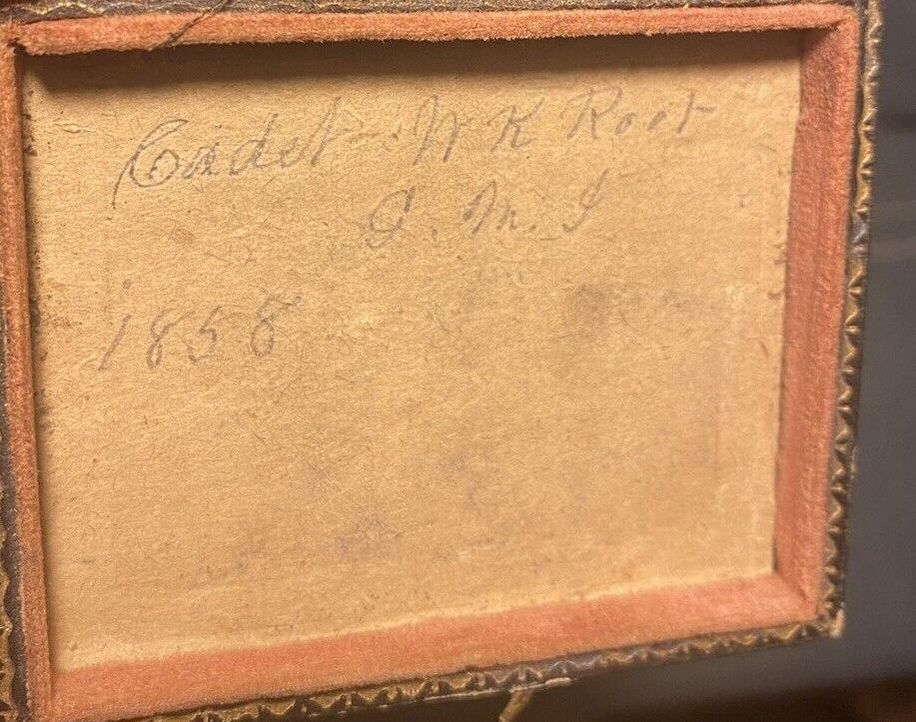
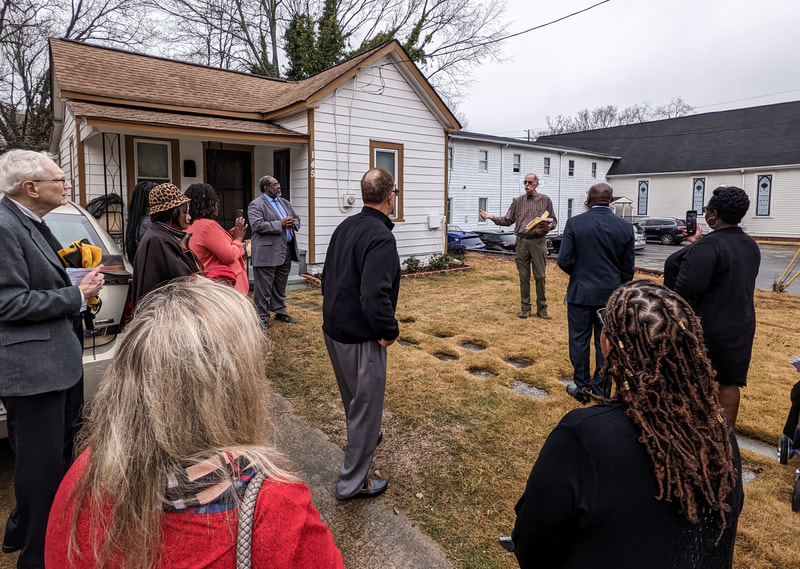
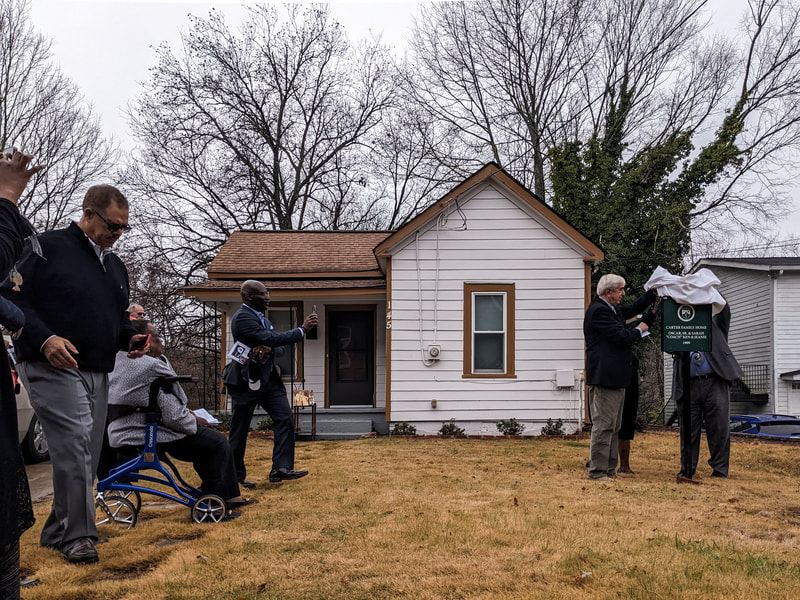
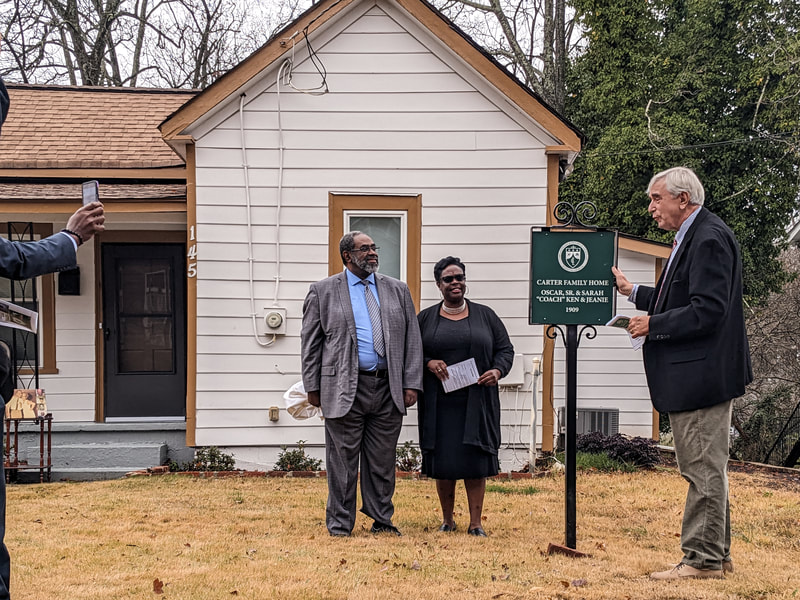
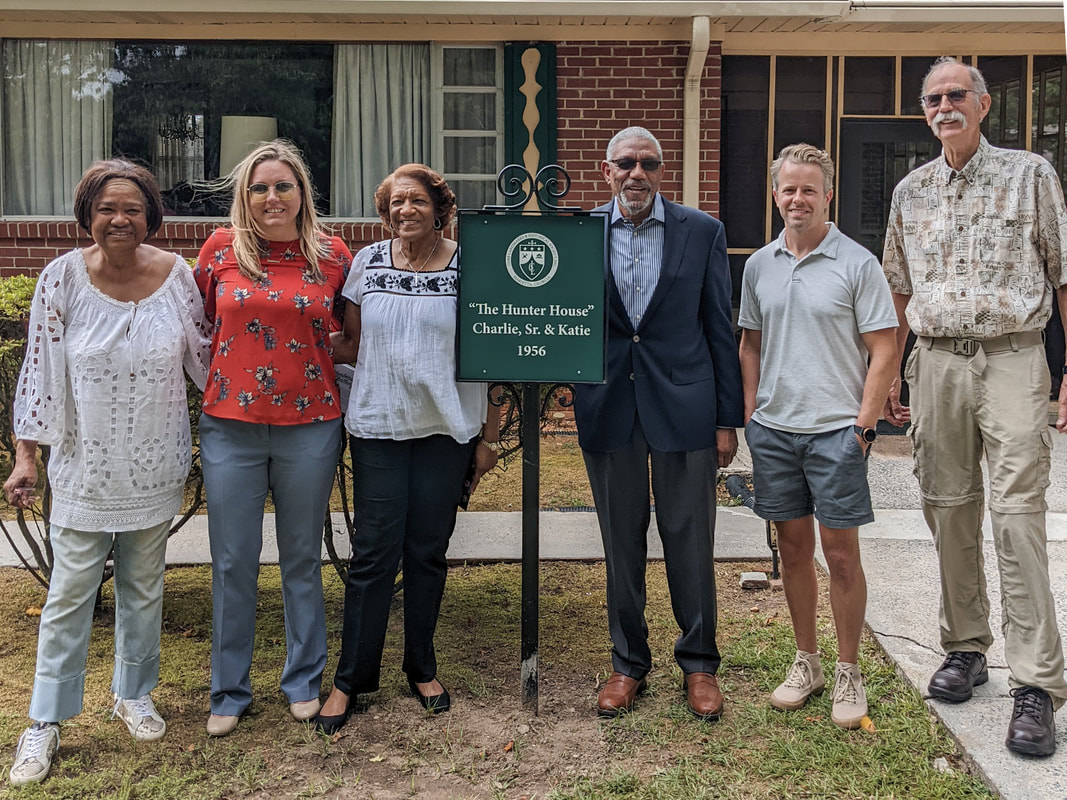

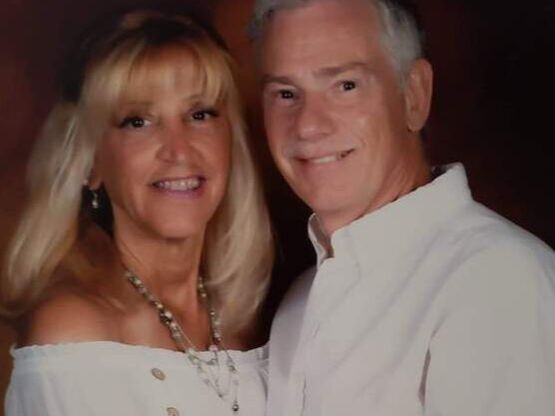

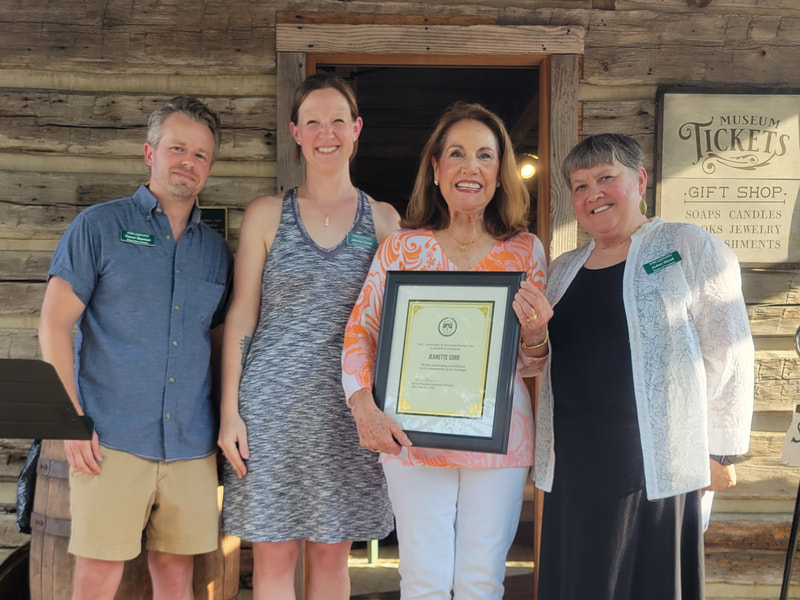
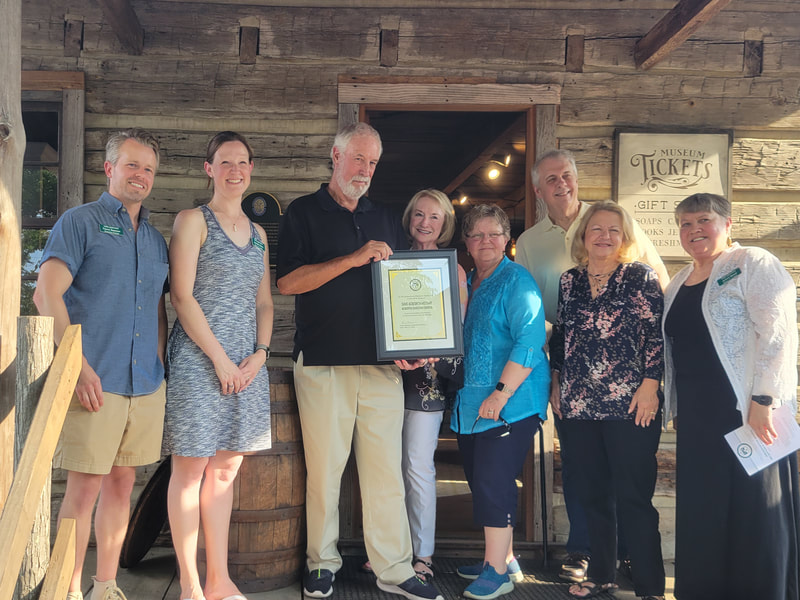
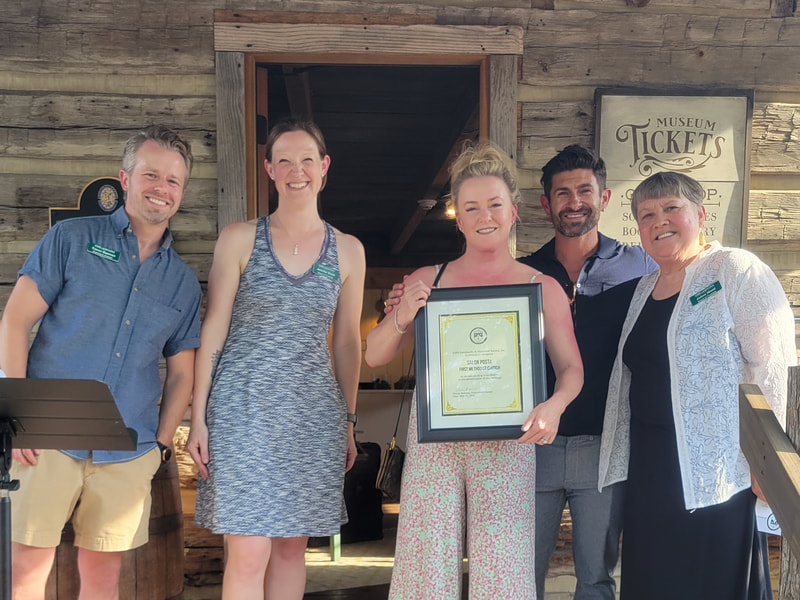

 RSS Feed
RSS Feed
